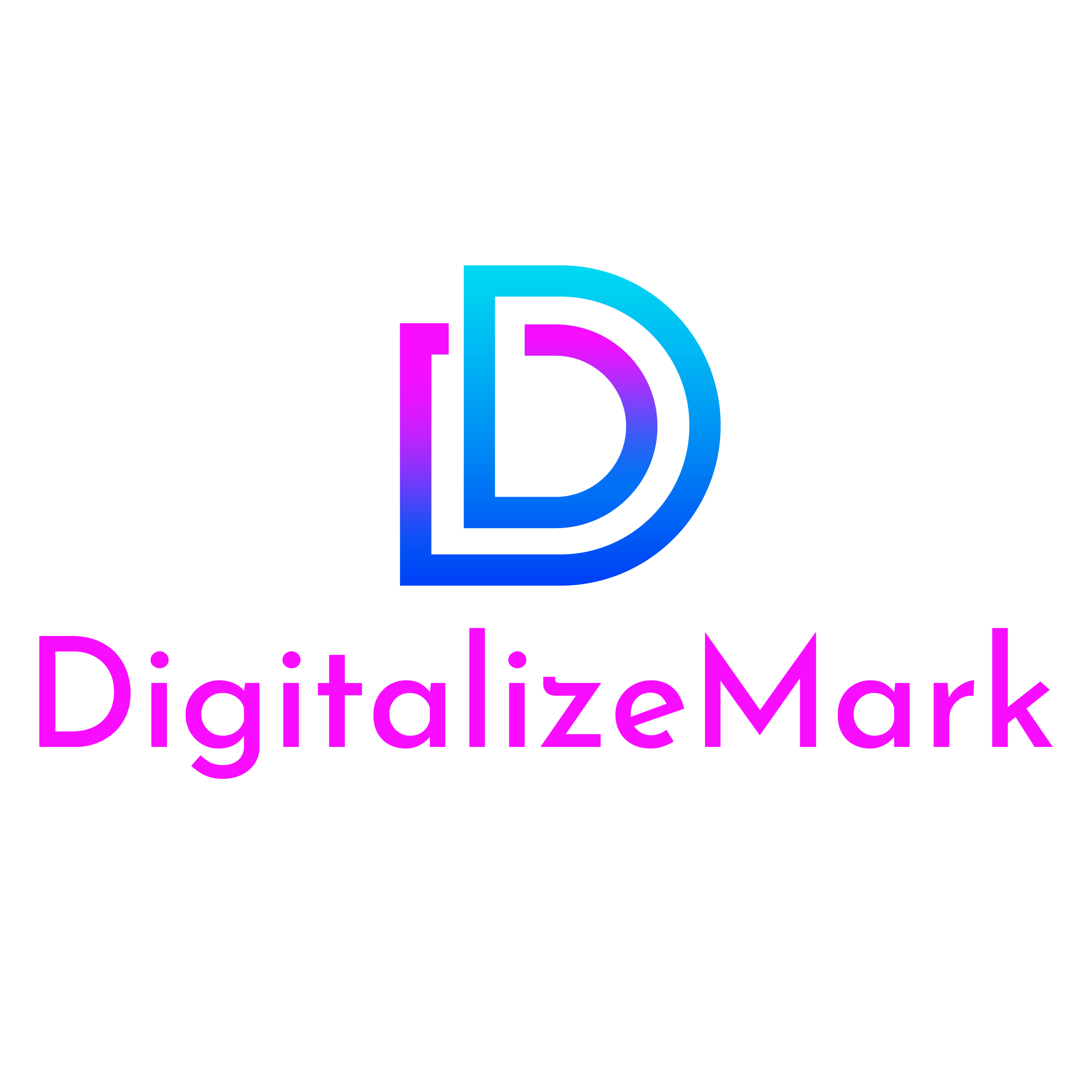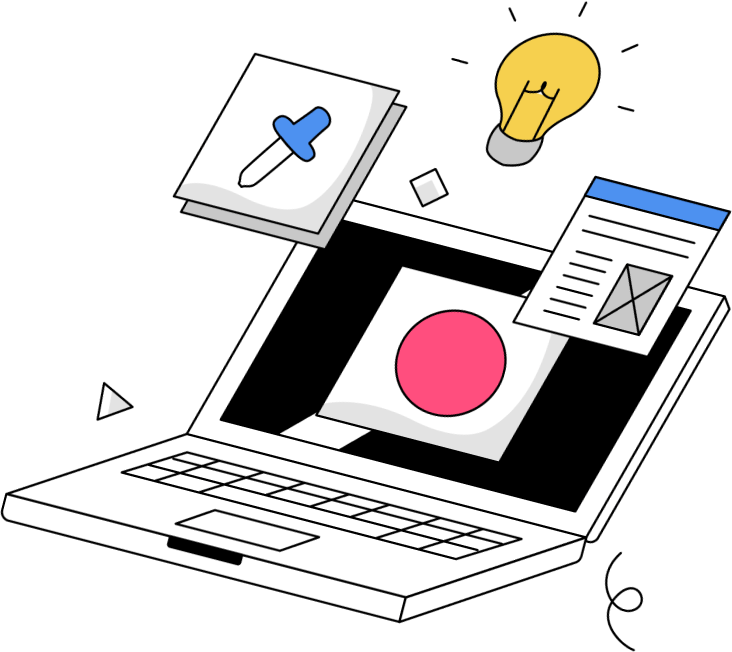As a digital marketing specialist, I’m constantly analyzing the shifting tides of the online landscape. For small businesses, the challenge of standing out and connecting with target audiences grows more complex by the day. However, 2025 isn’t just about challenges; it’s about unprecedented opportunities for those who embrace a strategic, forward-thinking approach to content marketing. Gone are the days when simply having a blog was enough. Today, and increasingly in 2025, a robust content marketing strategy is the bedrock of sustainable growth, brand authority, and customer loyalty.

The Evolving Landscape: Why 2025 Demands a Refined Approach
The digital environment in 2025 is characterized by several key shifts that directly impact small business content marketing:
- AI Integration and Automation: Artificial intelligence isn’t just a buzzword; it’s a powerful co-pilot. From content ideation and first-draft generation to hyper-personalization and automated distribution, AI will be integral to scaling content efforts without scaling headcount. However, the human touch, authenticity, and unique insights will remain paramount to avoid generic, unengaging content.
- Dominance of Visual and Audio Content: Short-form video (TikTok, Instagram Reels, YouTube Shorts) continues its reign, but longer-form educational videos and live content are also gaining traction. Furthermore, audio content, beyond traditional podcasts, is an increasingly important channel for engaging audiences who prefer multitasking. Voice search optimization will become even more critical as smart assistants become household staples.
- Hyper-Personalization and Micro-Experiences: Consumers in 2025 expect highly personalized experiences. Generic content will be ignored. Leveraging data to deliver tailored content that addresses individual needs and preferences across various touchpoints will be key. This extends to interactive content like quizzes, polls, and even augmented reality (AR) experiences.
- Shifting Social Media Algorithms and Social Commerce: Social platforms are constantly evolving their algorithms, often prioritizing authentic engagement and native content formats. Moreover, social commerce is rapidly gaining popularity, turning social media into direct sales channels through shoppable content and live streams.
- The Privacy Imperative and Trust Building: With increasing data privacy regulations and consumer awareness, ethical marketing practices and building genuine trust through authentic, valuable content will be more crucial than ever. User-generated content (UGC) will continue to be a powerful tool for building credibility.
- Omnichannel Expectations: Customers interact with brands across multiple channels. A fragmented content experience will deter them. Small businesses need an omnichannel content strategy that ensures a consistent and seamless brand message and experience across all platforms.
For small businesses, these trends present both a hurdle and a high-jump opportunity. The key is not to chase every shiny new object but to strategically integrate these elements into a cohesive plan.

Building Your 2025 Content Marketing Strategy: A Step-by-Step Blueprint
A successful content marketing strategy for a small business in 2025 isn’t a one-off project; it’s a continuous cycle of planning, creation, distribution, and analysis.
Step 1: Define Your “Why” and “Who” – Goals and Audience
Before creating a single piece of content, you must clearly define your objectives and deeply understand your target audience.
- Set Clear, Measurable Goals (KPIs): What do you want your content to achieve?
- Brand Awareness: Increase website traffic, social media followers, brand mentions.
- Lead Generation: Capture email subscribers, generate inquiries, increase form submissions.
- Customer Acquisition: Drive sales, sign-ups, or direct purchases.
- Customer Retention & Loyalty: Improve engagement, reduce churn, foster community.
- Thought Leadership: Establish your business as an authority in your niche.
- SEO Performance: Improve search rankings for target keywords, increase organic traffic.
- Examples of measurable KPIs: Percentage increase in organic traffic, number of new leads from content, conversion rate of specific content pieces, social media engagement rate, average time on page for blog posts.
- Deep Dive into Your Target Audience (Buyer Personas): This is paramount. Don’t just assume; research.
- Demographics: Age, gender, location, income, education, occupation.
- Psychographics: Interests, values, pain points, challenges, aspirations, online behavior.
- Content Consumption Habits: Where do they get their information? What formats do they prefer (videos, blogs, podcasts, social media)?
- Customer Journey Mapping: Understand their journey from awareness to purchase and beyond. What questions do they have at each stage? What content can address those questions?
- Tools: Utilize Google Analytics, social media insights, customer surveys, interviews, and competitor analysis to gather this data.
Step 2: Content Ideation and Planning – What to Create
Once you know your goals and audience, you can brainstorm content that truly resonates.
- Keyword Research (Beyond the Obvious): In 2025, Content Marketing Strategy isn’t just about high-volume keywords. Focus on long-tail keywords, question-based queries (for voice search optimization), and semantic search. AI tools can assist with this, but human insight is needed to identify genuine user intent.
- Content Pillars and Topic Clusters: Organize your Content Marketing Strategy around core themes (pillars) that are central to your business and audience’s needs. Then, create clusters of related content that delve deeper into specific aspects of those pillars, linking them internally. This improves SEO and establishes your authority.
- Content Formats for 2025: Diversify your content to meet varied consumption preferences.
- Long-form articles/blog posts: For in-depth guides, thought leadership, and SEO. Optimize for readability and voice search.
- Short-form video: For quick tips, behind-the-scenes, product showcases, and trends on platforms like TikTok and Reels.
- Educational video: Tutorials, explainer videos, webinars for deeper engagement on YouTube and your website.
- Podcasts/Audio Content: Interviews, discussions, industry news for on-the-go consumption.
- Interactive content: Quizzes, polls, calculators, surveys to increase engagement and gather data.
- User-Generated Content (UGC): Encourage reviews, testimonials, photos, and videos from your customers. This builds trust and provides authentic content.
- Infographics and Visuals: Condense complex information into easily digestible, shareable formats.
- Email Newsletters: Direct communication for nurturing leads, sharing new content, and exclusive offers.
- Content Calendar: A non-negotiable. Plan your content well in advance, assigning topics, formats, responsible parties, and publication dates. This ensures consistency and alignment with your overall strategy.

Step 3: Content Creation – Quality Over Quantity (and Smart AI Integration)
While AI can aid in content generation, quality and authenticity remain paramount.
- Authenticity and Brand Voice: Even with AI assistance, your Content Marketing Strategy must reflect your unique brand voice and values. AI can help with grammar, style, and even generating ideas, but the core message and tone should be distinctly yours.
- Value-Driven Content: Every piece of content should provide tangible value to your audience – answering questions, solving problems, educating, or entertaining. Avoid purely promotional content.
- SEO Best Practices: Beyond keywords, ensure your content is technically optimized for search engines:
- Mobile-friendliness
- Fast loading speeds
- Structured data markup
- Internal linking strategy
- High-quality backlinks (earned through valuable content)
- Image optimization (alt text)
- Repurposing Content: Maximize your content efforts by repurposing. A webinar can become a series of blog posts, social media snippets, an infographic, and a podcast episode. This extends the lifespan and reach of your content.
Step 4: Content Distribution and Amplification – Getting Your Content Seen
Creating great content is only half the battle; effective distribution is crucial.
- Owned Channels:
- Your Website/Blog: The central hub for your content, where you have full control.
- Email Marketing: Your most valuable owned channel. Segment your list and send targeted content.
- Social Media Profiles: Share content natively, leveraging platform-specific features (e.g., Instagram Stories, LinkedIn articles).
- Earned Channels:
- Organic Social Shares: Encourage your audience to share your content.
- Guest Blogging/Syndication: Publish content on other reputable industry websites to reach new audiences (ensure canonical tags are used to avoid SEO penalties).
- Influencer Collaborations: Partner with micro-influencers whose audience aligns with yours. Authenticity is key here.
- PR and Media Outreach: Get your content featured in relevant publications.
- Paid Channels (Strategic Investment):
- Social Media Ads: Highly targeted ads on Facebook, Instagram, LinkedIn, etc., to boost content visibility to specific demographics.
- Search Engine Marketing (SEM/PPC): Promote your content in search results, especially for high-intent keywords.
- Native Advertising/Sponsored Content: Distribute your content through platforms like Taboola or Outbrain, blending seamlessly with publisher content.
- Retargeting Ads: Show your content to users who have previously interacted with your website or social media.

Step 5: Measurement and Optimization – Proving ROI and Adapting
For small businesses, demonstrating ROI is essential to justify Content Marketing Strategy efforts.
- Track Key Performance Indicators (KPIs): Regularly monitor the metrics you defined in Step 1.
- Website Analytics: Google Analytics 4 (GA4) for traffic, bounce rate, time on page, conversion rates, traffic sources.
- Social Media Insights: Reach, impressions, engagement rate, follower growth, click-through rates.
- Email Marketing Metrics: Open rates, click-through rates, conversion rates, unsubscribe rates.
- Lead Generation Metrics: Number of leads, cost per lead (CPL), lead-to-customer conversion rate.
- Sales Metrics: Revenue directly attributed to content marketing efforts.
- ROI Calculation: While not always straightforward for content, strive to connect your content efforts to tangible business outcomes.
- Formula: ROI = (Revenue Generated by Content – Cost of Content) / Cost of Content x 100%
- Consider both short-term (direct sales) and long-term (brand awareness, customer loyalty) impacts.
- Attribution Models: Understand which touchpoints in the customer journey are contributing to conversions (first-touch, last-touch, linear, time decay).
- A/B Testing: Test different headlines, calls to action, content formats, and distribution channels to see what performs best.
- Content Audits: Periodically review your existing content to identify what’s working, what’s outdated, and what can be improved or repurposed.
- Feedback Loops: Actively solicit feedback from your audience and sales team to refine your content strategy.
Successful Small Business Examples to Inspire Your 2025 Strategy
While many large brands excel at Content Marketing Strategy, small businesses can achieve remarkable success by focusing on niche audiences and authentic engagement.
- “Sweet Treats by Sarah” (Hypothetical Bakery): A local bakery leverages recipe blogs and short video tutorials (e.g., “How to make the perfect sourdough starter,” “Decorating cupcakes like a pro”). They share customer-generated content of their baked goods on Instagram and run local baking contests. This builds community, showcases expertise, and drives foot traffic and online orders.
- “Eco Threads” (Hypothetical Sustainable Apparel Brand): This small clothing brand creates blog posts on sustainable manufacturing practices, interviews with ethical suppliers, and video content showcasing the craftsmanship behind their garments.20 They partner with micro-influencers in the eco-conscious fashion space and host educational webinars on environmental impact, establishing themselves as thought leaders.
- “Happy Paws Pet Sitting” (Hypothetical Pet Service): This service publishes blog posts on pet training tips, local pet-friendly spots, and funny pet anecdotes. They create heartwarming video testimonials of happy pets and owners, actively engage on local Facebook groups with pet-related advice, and run social media contests for pet photos, building trust and a loyal local clientele.
- “Creative Copy Lab” (Hypothetical Copywriting Service): This small business offers free downloadable resources like “Website Copywriting Checklists” and “E-books on Crafting Compelling CTAs.” This educational content positions them as industry experts, attracts qualified leads, and nurtures prospects by addressing common pain points.
These examples highlight a common thread: understanding their audience, providing genuine value, leveraging appropriate channels, and maintaining consistency.

The Path Forward for Small Businesses in 2025
The Content Marketing Strategy landscape in 2025 will be dynamic and competitive, but it’s also ripe with opportunities for small businesses willing to adapt. By focusing on a well-defined strategy, embracing the power of AI as an assistant rather than a replacement, diversifying content formats, prioritizing authentic engagement, and relentlessly measuring results, small businesses can build strong brands, cultivate loyal communities, and achieve sustainable growth.
As your digital marketing specialist, our advice is clear: invest in a robust content marketing strategy now, and position your small business for unparalleled success in the year to come. For small businesses looking to navigate these complexities and fully leverage the power of content, Digitalizemark offers comprehensive services tailored to your needs. Whether you require assistance with:
- Strategic Planning and Goal Setting: Defining clear, measurable objectives and audience personas.
- Advanced Keyword Research and Content Ideation: Uncovering high-impact topics and creating effective content pillars.
- AI-Enhanced Content Creation and Optimization: Crafting high-quality, authentic content while leveraging AI for efficiency.
- Multi-Channel Distribution and Amplification: Getting your content seen across owned, earned, and paid channels.
- Performance Measurement and ROI Analysis: Tracking KPIs and optimizing your strategy for maximum return.
Digitalizemark is equipped to help you build and execute a future-proof content marketing strategy that drives tangible results for your business. Don’t let the evolving digital landscape overwhelm you; let’s turn these challenges into your greatest opportunities.

